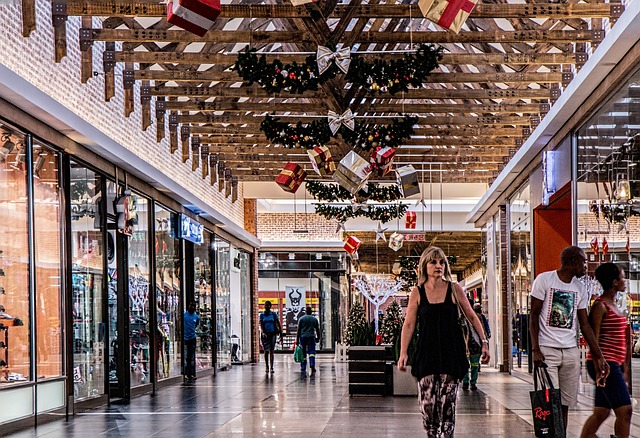As the holiday season approaches, Americans are preparing to shop in stores much like they did in 2019, according to a recent consumer survey conducted by the International Council of Shopping Centers (ICSC) reported by Joan Verdon in her recent Forbes.com article. The survey reveals that 92% of consumers plan to shop in physical retail locations this holiday season, up from 87% last year. This marks the highest percentage of in-store shoppers since 2019, signaling a return to pre-pandemic shopping habits and a robust retail environment.
According to Tom McGee, president and CEO of ICSC, the increase in physical shopping also highlights the growing synergy between in-store and online shopping, a trend that has been evolving over the last few years. McGee noted that stores are no longer solely places to purchase goods. Instead, they are becoming “mini fulfillment centers” where retailers can engage with customers, build relationships, and create a seamless omnichannel experience.” McGee also pointed out that competition for physical space, particularly in prime locations, has never been more intense.
In fact, ICSC has designated 2024 as the “year of the store,” as omnichannel retail strategies have evolved to the point where the physical store’s role is now fully acknowledged and celebrated. McGee emphasized that the store is not just a place to sell products; it is a critical touchpoint for building credibility, establishing customer relationships, and showcasing a brand’s unique value. Retailers who excel at blending in-store and online experiences are the ones winning with consumers by creating a frictionless, integrated shopping experience.
One key finding from ICSC’s recent reports is the “halo effect” that physical stores have on online sales. Opening a new store can boost online sales in the surrounding area by an average of 6.9%, with direct-to-consumer brands seeing even greater benefits. For these emerging brands, a physical store can lead to a 13.9% increase in online sales within the same trade area. Conversely, closing stores has a negative impact, with surrounding online sales dropping an average of 11.5%. This underscores the importance of physical retail locations, not just as sales drivers, but as integral parts of a broader digital strategy.
Looking ahead to the holiday season, ICSC is projecting a 3.0% to 3.5% growth in overall retail sales, with food and beverage sales expected to rise by 6%. This would bring total holiday spending to an estimated $1.66 trillion. While this forecast is slightly more conservative than last year’s prediction of 3.5% to 4.5% growth, it aligns with other industry projections, including those from the National Retail Federation (2.5% to 3.5%) and Deloitte (2.3% to 3.3%). The strong job market and consumer resilience means that Americans are continuing to spend even amidst concerns about inflation and economic uncertainty. According to ICSC’s survey, 70% of shoppers feel their financial situation is either the same or better than it was last year, which bodes well for a strong holiday season.
With in-store shopping making a comeback and consumers showing continued resilience, both traditional retailers and emerging brands are poised for success. As physical retail spaces become increasingly important to omnichannel strategies, the competition for prime locations is sure to remain fierce in the coming months.
Forbes.com, Joan Verdon

